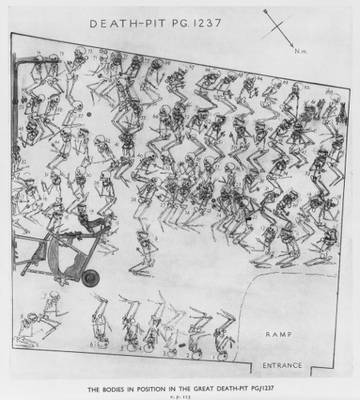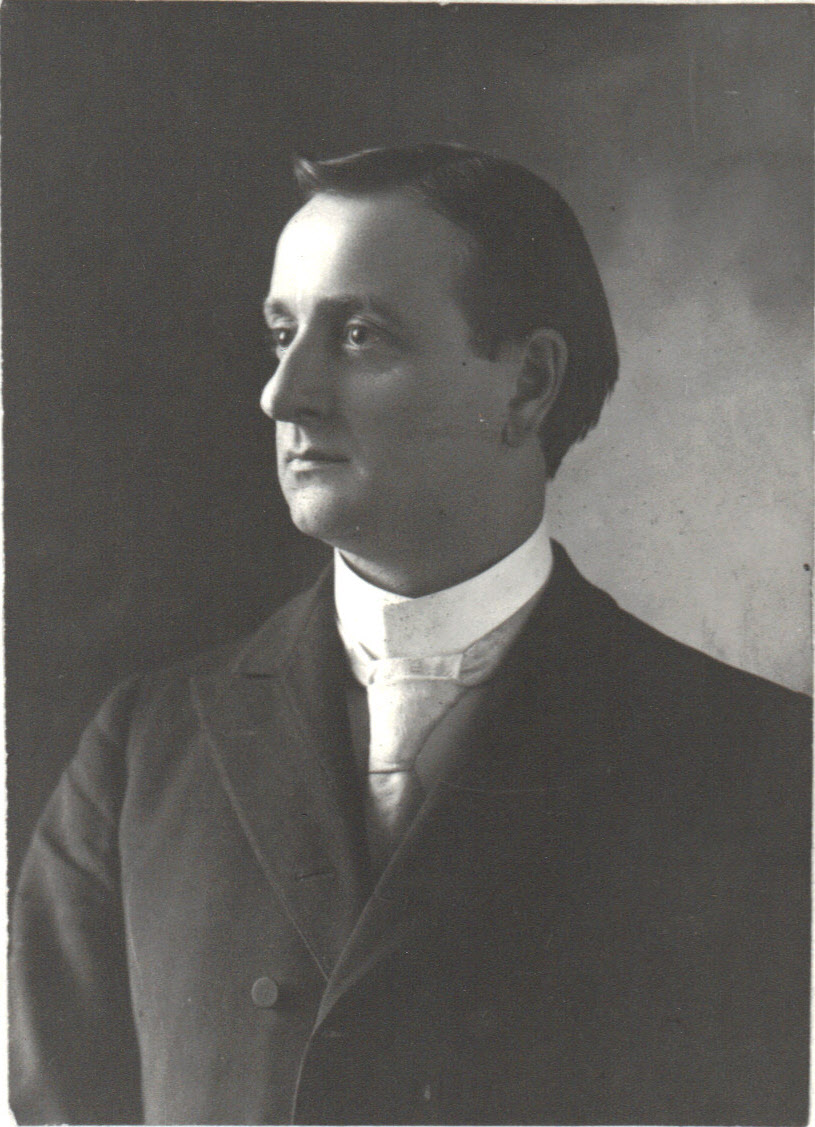 Something is curiously missing in most Old Master paintings of David and Goliath. The famous story from the Old Testament focuses on David’s feat of killing a nine-foot-tall warrior kitted out in mail armor with just one, perfectly aimed slingshot.
Something is curiously missing in most Old Master paintings of David and Goliath. The famous story from the Old Testament focuses on David’s feat of killing a nine-foot-tall warrior kitted out in mail armor with just one, perfectly aimed slingshot.
Yet when 16th and 17th century artists went to paint this story of the biblical underdog, they seldom bothered to portray the weapon system that took down Goliath. (Or if they did, they snuck it onto the canvas unobtrusively, as Tanzio da Varallo did in his 17th century portrait of David above.)
For the most part, however, these painters preferred to depict David wielding a shiny sword, just after he had beheaded his opponent. Why is that? Continue reading





